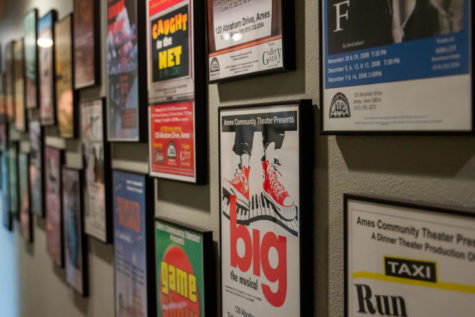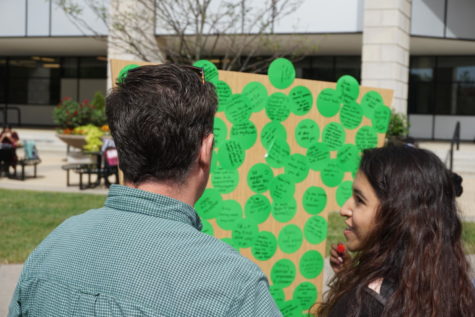Take notes to fit your own personal needs
June 17, 2010
Taking notes in class is one of the most basic components of college life, but there’s a difference between writing down what the professor says and taking good notes. Scribbling furiously on a piece of paper while the professor talks at a million miles an hour isn’t the best way to help you pass the exam.
The most important thing to remember is that everybody is different. Different methods for taking notes work for different people.
The best method for note taking depends on the class. Some professors post lecture notes on WebCT or personal websites the day before so students can print them and take them to class.
Some professors post notes after the lecture is over, and these are beneficial while reviewing for tests.
Other professors don’t post notes at all. In this case students are responsible for writing down all key information given in lecture.
Here are some tips to get the most out of notes and lectures according to the Academic Success Center website.
It is important to get in the mind-set of the class before the lecture starts. Students should sit in an area of the classroom where distractions are limited. This means sitting away from windows and silencing phones and other electronics.
Sitting close to the front and center of the classroom also helps keep students’ attention on the professor.
During class, good note taking means listening to the professor. Students should not mindlessly copy down information. Be sure to pay attention to ideas and concepts and write down important details.
Each professor has his or her own quirks that might be distracting during lecture. Professors may talk with their hands or have an different accent. Students should try to focus on the material and not the quirks of the speaker.
However, students should not dismiss the lecturer. Professors often give non-verbal clues about what information is important. They may repeat information or pause to give students a chance to write important points.
Using shorthand proves beneficial when keeping up with a fast-paced professor. Students should abbreviate whenever possible – as long as they can remember their system later. Abbreviations may include, but are not limited to:
w/ with
w/o without
+ and
± more or less
= equals
≠ does not equal
< less than
> greater than
↑ increase
↓ decrease
∴ therefore
e.g. or ex example
vs. versus
Reviewing notes after class is just as important as taking notes during class. It helps students understand ideas for upcoming tests. Also, since some lectures are fast-paced, clarifying and organizing notes by adding brackets and symbols makes them easier to understand. This is most beneficial if it is done within 24 hours after class.
Typing notes may also help to reinforce the material.
















